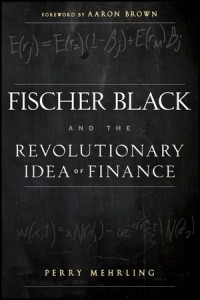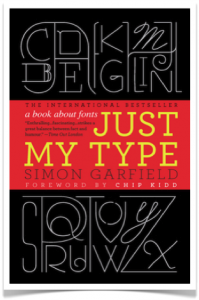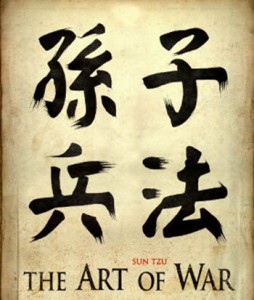Spring Reading
During our vacation in Italy and Germany, and a long weekend at the Eskelinens’ place on Anderson Lake I had the opportunity to read a number of books, of various degrees of quality. A few pocket reviews:
The White Spider, by Heinrich Harrer: I picked this up in an Interlaken bookshop for something to read on the last days of our European vacation, and it was for the most part a very enjoyable read. Its primary attraction for most people will be its account of the first ascent of the north face of the Eiger (Harrer was a member of the first ascent party, also the author of Seven Years in Tibet), and his account is excellent. The remainder of the book consists of reports and analysis of earlier and later attempts on the Eiger’s north face, and although perhaps a bit too much time is spent on disputes that seem inconsequential in retrospect, the book remains gripping throughout, and you’ll walk away with great respect for the men who subject themselves to such a dangerous persuit. 3/5.
The Litigators, by John Grisham: Another book picked up in Interlaken to pass the time on the train to Frankfurt, the Litigators was thoroughly mediocre. I don’t know if Grisham’s ability to come up with a good story has diminished over time or if I’ve simply read enough of his books that they all feel the same, but nothing about the book stood out. It was a quick read, and helped pass the time, but unless you also have a long train ride to sit through, there isn’t much reason to read this book. 2/5.
The Associate, by John Grisham: Up at Anderson Lake I picked up yet another Grisham book from the shelf, and like the Litigators, it was a quick read, but didn’t stand out at all. Shockingly, some of the same phrases from the Litigators turned up in this book too, such as the “Rocket Docket”. Read it if you have a few hours to pass and don’t want to have to think. 2/5.
Into the Silence: The Great War, Mallory, and the Conquest of Everest, by Wade Davis: I read Davis’ detailed telling of Mallory’s expeditions to Everest in the week or so prior to our Italy vacation, and it is a fantastic book. He delves deep into the men of each expedition, as well as into the hardships and triumphs they endured. It won’t ever be known for certain whether Mallory succeeded in summiting Everest (Davis believes that he did not), but that question misses the point of this book, which is to look at the big picture around the expeditions and then to look at how the particulars of the men involved fit into that image. To this point, Davis succeeds without any doubt. 5/5.
The Will to Climb: Obsession and Commitment and the Quest to Climb Annapurna – The World’s Deadliest Peak, by Ed Viesturs and David Roberts: Ed Viesturs is the only American to have summited all of the world’s fourteen 8000m peaks, and The Will to Climb is his third book. Whereas his first book featured his personal accounts of climbing all of the 8000m peaks, and his second book focussed on climbing K2, this book combines accounts of his attempts and eventual success on Annapurna with retellings of the history of mountaineering on Annapurna. Although much of the detail of his climb can be found in his prior work, the tales of “obsession and commitment” of the men and women who sought to climb a mountain that has claimed one life for every two that have reached summit are engaging and enlightening. 3/5.
The President’s Club: Inside the World’s Most Exclusive Fraternity, by Nancy Gibbs and Michael Duffy: Working through each presidency from Eisenhower to the present, this book documents the relationships that each president has forged with his living predecessors. As each president has found, the other members of the “President’s Club” are arguably the only people on earth who can understand their pressures and troubles, and the relationships that have developed between them have frequently been deeply personal, unobstructed by the divisions of party lines. The detailed analysis and elucidation of their relationships presents the reader with a fascinating look into the psyche of each president, and for this, the book can be highly recommended. 4/5.








